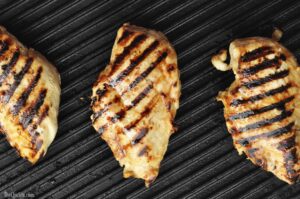Do we need it?Well, we know that protein is the building blocks of muscle. It helps to support muscle growth, recovery, retention & repair. It is important to note that resistance exercise is the best way or ‘gold standard’ for building muscle mass. After exercise, both muscle protein breakdown & muscle growth occur at the same time, this is a natural response. The inclusion of protein in your post-exercise meal helps to ensure that muscle growth exceeds breakdown allowing for an overall net gain of muscle protein! So when resistance exercise & protein work in tandem, muscle gain is optimised! |

So how much protein should I have?
Hopefully some of these tips will help you to make sure that your protein intake is sufficient to support both health & exercise. |

